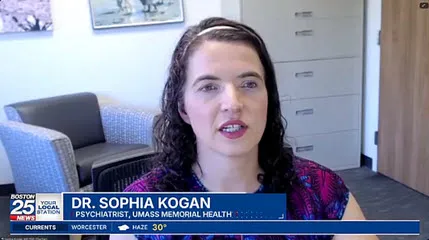


WBJ names the 2025 Champions of Health Care

Shields and UMMH advancing access to innovative healthcare
New healthcare technology will soon be available to residents in Central Massachusetts as Shields Health strengthens
Decades of Care: Davis Family Hopes Their Estate Gift Will Help Strengthen UMass Memorial Health’s Future
Sarah and Dix Davis journey with UMass Memorial Health started in 1970 when their oldest son was born at UMass Memorial Medical Center – Memorial Campus. Their second son was also born there in 1972, and then their daughter Margaret was born six weeks premature in 1977. Margaret spent two weeks in the UMass Memorial NICU where she received life-saving care.
Thank You for Requesting a Personal Consultation
Thank you for requesting an appointment with our Reproductive Endocrinology and Infertility team.
A member of our team will contact you shortly.

Experts in Central Mass. prepare for flu season with new variant on the way to U.S.
Guide to a Healthier Holiday Season: 7 Smart Tips and Recipes

Transforming Episode Accountability Model (TEAM)
UMass Memorial Medical Center and Marlborough Hospital are participants in the new Transforming Episode Accountability Model (TEAM) which launches January 1, 2026. TEAM is the latest CMS Innovation Center initiative focused on improving quality of patient care and controlling costs through episode-based payment models.
UMass Memorial Medical Center TEAM Collaborators
UMass Memorial Medical Group
281 Lincoln Street
Worcester, MA 01605

Mass. man shares experience with electroconvulsive therapy to help others battling depression

